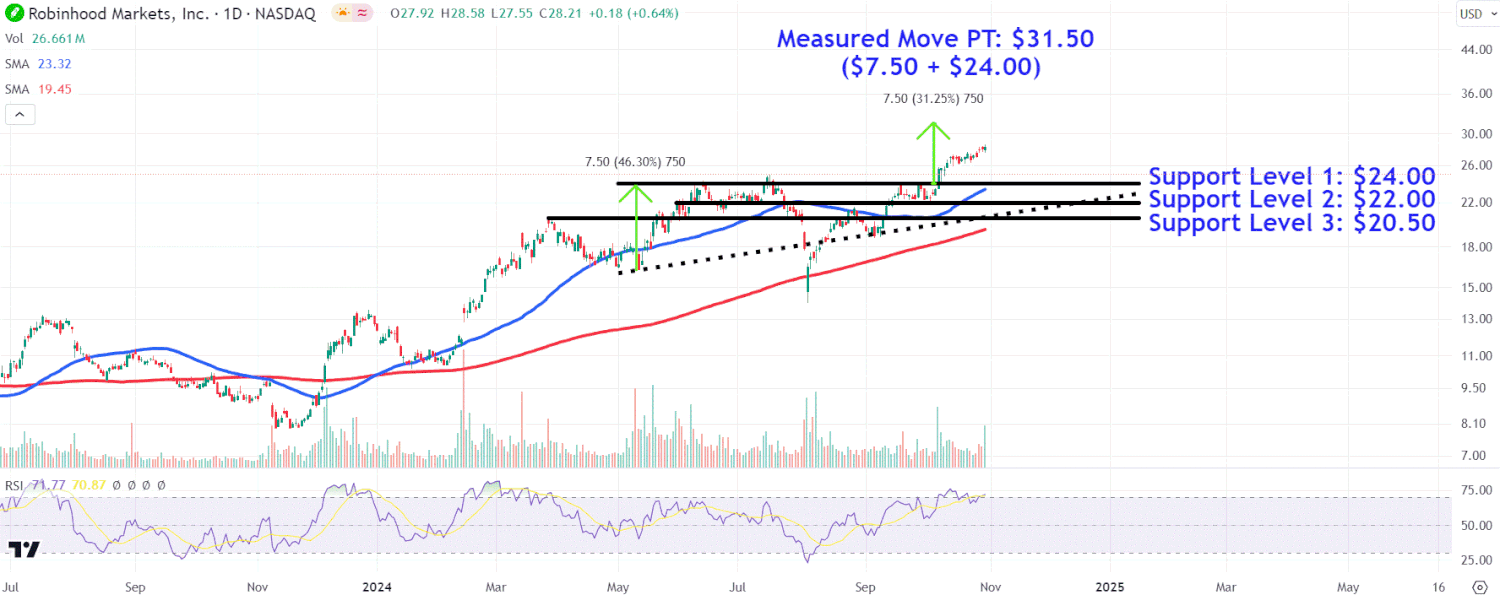
#Americans #Feel #Theyre #Worse #2020Heres #Data
Key takeaways
- A recent Gallup poll showed that most Americans feel that their situation today is worse than it was four years ago.
- Data on household finances shows that things have changed dramatically since September 2020, when the Covid-19 pandemic was impacting the economy.
- Americans have a better job market and higher wages than they did four years ago, and rely less on government aid. However, they also face a higher cost of living, save less, and fall behind on credit card payments.
Most Americans say they and their families are in a worse financial position today than they were four years ago. Economic data paints a mixed picture about whether this is easier or more difficult to achieve than it was then.
Gallup recently released the results of a September poll in which they asked US adults: “Would you say you and your family are better off now than you were four years ago, or are you worse off now?” Only 39% said they were better off, while 52% said they were worse off. This was the most pessimistic result ever during a presidential election year on this question, which Gallup has asked regularly since 1984.
This question is designed to measure public opinion about how well household finances have fared during presidential administrations and to indicate how likely they are to vote for a current candidate or party. But this year, the question is especially relevant because “four years ago” was the fall of 2020, a dark time for the country and a very strange phase of the economy.
In the fall of 2020, the United States was reeling from the onslaught of coronavirus disease 2019 (COVID-19). There was no vaccine widely available to the general public, and thousands of people were dying from the virus every week. Public health authorities are imposing restrictions on gatherings, and requiring masks to be worn in many public places. Many businesses have not yet reopened, and shoppers sometimes found empty shelves when searching for common household supplies.
Here’s how key measures of Americans’ financial health and the overall economy have changed over the four years since then.
More Americans at work
In September 2020, the economy had regained many of the more than 20 million jobs lost when the pandemic shuttered businesses, but it has not yet dug itself out of the hole. The unemployment rate was 7.8%, nearly double its September 2024 rate of 4.1%.
The flexible labor market is one of the biggest bright spots in the economy despite the recent slowdown. It defied the expectations of economists, many of whom predicted a recession in 2023 due to the Federal Reserve’s rate-hiking campaign to stifle inflation.
Bigger salaries, but bigger price increases
The standard of living is subject to the constant struggle between income and inflation. The rise in inflation that took hold with the reopening of the economy after the end of the pandemic had a seismic effect on the finances of many families. Since then, price increases have slowed dramatically while wages have continued to rise steadily.
In September 2020, that inflation storm was still ahead. Between September 2020 and 2024, consumer prices rose 21.1%, according to the Consumer Price Index, while average hourly wages rose 19.8%, leaving workers worse off on average.
Buying homes has become less expensive
The pandemic sent home prices soaring as buyers scrambled for more space for the new work-from-home lifestyle. As the pandemic faded, mortgage rates rose as the Federal Reserve raised its benchmark interest rate to combat inflation. High prices and interest rates have pushed monthly mortgage payments high enough that far fewer people are able to afford a home.
The average monthly payment on a newly purchased home, including taxes and insurance, was $2,997, or 42% of the median monthly income in August, according to the latest data from the Federal Reserve Bank of Atlanta. In September 2020, it was $1,656, or 29% of income. A house payment is generally considered “affordable” if it is less than 30% of income.
The pandemic-era social safety net is gone
In September 2020, unemployed workers can rely on an unprecedented social safety net that has mostly evaporated.
Early in the pandemic, a federal program boosted state unemployment benefits by $600 per week, which was later reduced to $300 before disappearing in 2021.
Food stamp benefits were raised, and free lunches were provided to all school students in the country. Supplemental SNAP benefits ended in 2023, and free school lunches ended in 2022, although many states have made free school lunches permanent.
The federal government has banned apartment evictions, and homeowners can stop paying their mortgages without incurring any penalties. The eviction ban expired in 2021 after the Supreme Court ruled it was unconstitutional. Enrollment for pandemic mortgage forbearance ended in 2023 when the national emergency due to the coronavirus officially ended.
In addition to this aid, the government sent checks directly to families in the amount of $1,200 per adult and $500 per child.
Medicaid, the government’s health insurance program for low-income people, has stopped disenrolling ineligible beneficiaries, leading to a sharp decline in the number of Americans without health insurance. That began to decline in 2023 when deregistration resumed.
Federal student loan payments have been paused, cutting significant expenses from the monthly budgets of many of the nation’s 43 million borrowers. Payments resumed in 2023, presenting a financial shock to some of these borrowers.
Overall, researchers credit pandemic-era social safety net programs — especially the expansion of the child tax credit, which doesn’t take effect until 2021 — with reducing child poverty and helping the economy recover much faster than it otherwise would have.
People save less money
Ironically, the economic hardship of 2020 improved the bottom line for many families. Business closures have led to fewer opportunities to spend money, and money continues to flow, partly due to government relief programs. This has led to a higher saving rate – that is, the amount of after-tax income remaining after spending.
Since then, the saving rate has declined as the economy returns to normal. The same trend can be seen in the country’s total credit card debt, which declined in 2020 and resumed its usual steady rise in 2021.
Stocks are on the way up
The stock market has boomed over the past four years, with the popular stock index S&P 500 rising about 70% between September 2020 and September 2024. The rise in the value of stocks has helped boost household wealth, although it mostly affects wealthier households that own… Stocks. Most stocks, according to Federal Reserve data.
The rate of credit card delinquencies has risen
How did all these cross-currents affect the family’s finances? There are signs that people have weathered the storm and some are growing nervous. For example, more people are defaulting on credit card payments, which indicates that more people are under stress.
However, there is no sign that people are cutting back on their spending. American consumers continue to spend freely at restaurants and other retailers.
Then there is also a long-term trend where people have become generally pessimistic about their finances and the economy as a whole, regardless of what the data may say. People’s feelings about the economy may be partisan, viewing it as better when their preferred party is in power, and these feelings may flare up during a presidential election year.
#Americans #Feel #Theyre #Worse #2020Heres #Data




